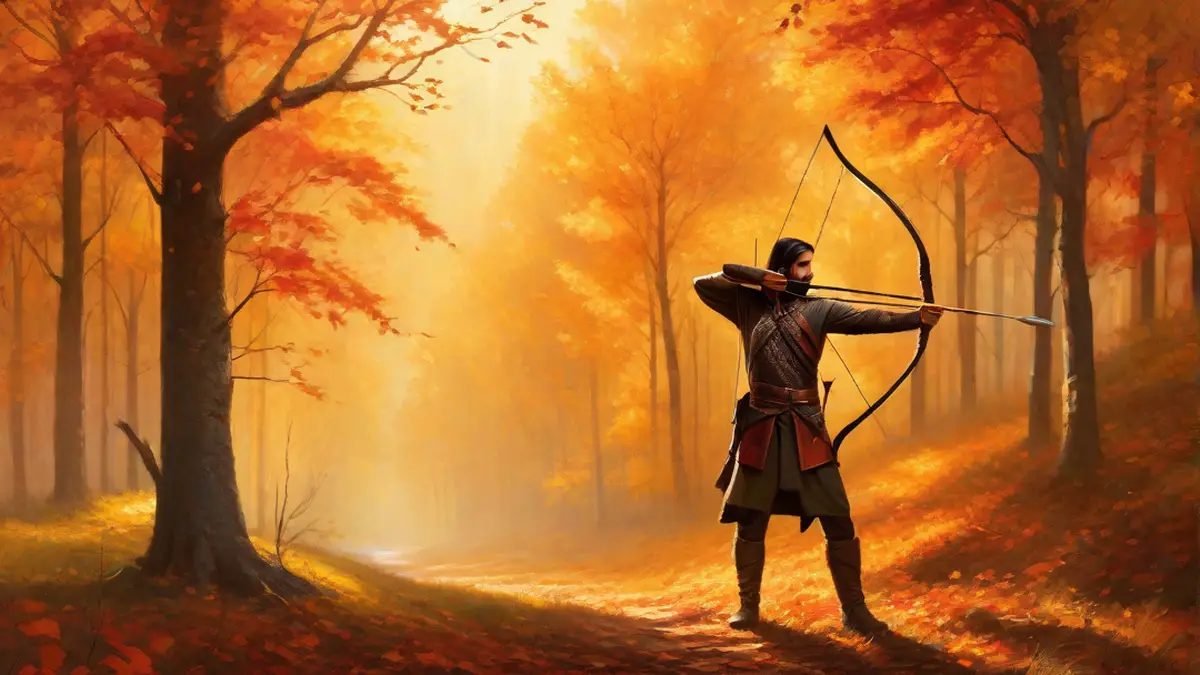As a passionate outdoors enthusiast and avid hunter, one of my favorite activities is bow and arrow hunting. There’s something incredibly exhilarating about the skill, precision, and patience required to take down game with just a bow and arrow. However, as with any hunting activity, it’s crucial to understand the hunting seasons and regulations to ensure ethical and responsible hunting practices.
Bow and arrow hunting season can vary depending on the location and the specific game you are targeting. In the United States, hunting seasons are typically regulated by state wildlife agencies with the goal of managing wildlife populations and promoting conservation efforts.
Before hitting the woods with your trusty bow and arrow, it’s essential to research and familiarize yourself with the hunting regulations specific to your state. Each state sets its own hunting seasons and bag limits, so it’s crucial to stay up-to-date on any changes or updates made by the wildlife agency.
In general, bow and arrow hunting seasons often coincide with the regular firearm hunting seasons. However, there are often additional or extended seasons for bow hunters, allowing them to pursue game exclusively with their bows. These extended seasons may occur before or after the firearm season, giving bow hunters more opportunities to engage in their preferred hunting method.
For example, in my home state of Colorado, bow and arrow hunting season for deer typically begins in late August and extends into late September or early October. This early season allows bow hunters to take advantage of the deer’s summer patterns and behavior before the rut (mating season) begins. There is also a separate firearm hunting season for deer that follows the bow season.
Similarly, in states like Texas, bow and arrow hunting for whitetail deer often opens earlier than the general firearms season. This gives bow hunters a chance to take advantage of the deer’s late-summer feeding patterns and potentially catch them off-guard.
It’s worth noting that bow and arrow hunting seasons can vary for different game species. For example, the season dates for deer might be different from those of turkey or elk. It’s crucial to carefully review the specific hunting regulations provided by your state wildlife agency to ensure compliance with the law and ethical hunting practices.
If you’re planning to hunt in multiple states, it’s essential to research the regulations for each location you’ll be hunting in. Each state has its own set of rules and seasons, and it’s the responsibility of the hunter to know and follow them.
Before embarking on a bow and arrow hunting adventure, it’s crucial to remember that safety should always come first. Practice shooting regularly to maintain accuracy and ensure humane kills. Always use appropriate hunting gear and make sure to familiarize yourself with any additional equipment requirements, such as minimum draw weights for bows or broadhead regulations.
In conclusion, bow and arrow hunting seasons vary depending on the location and specific game species. It’s crucial to research and understand the hunting regulations provided by your state wildlife agency to ensure compliance with the law and ethical hunting practices. Bow hunting offers a unique challenge and a rewarding experience for those who appreciate the skill and craftsmanship involved. So grab your bow, practice your aim, and enjoy the thrill of bow and arrow hunting season!
